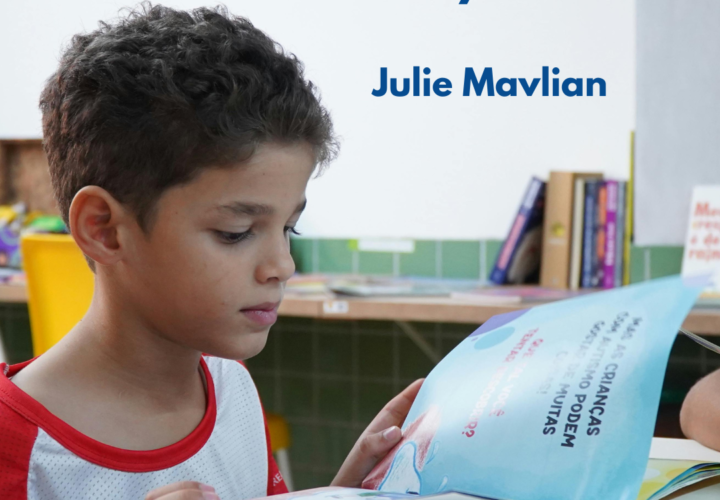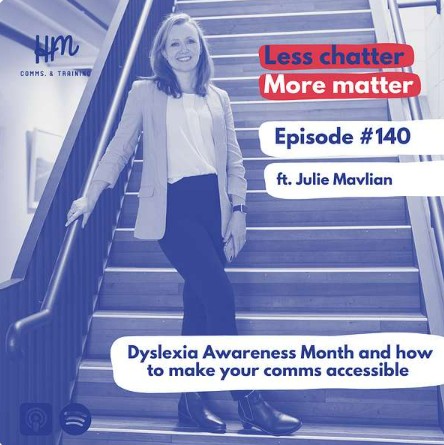
Chairperson’s thoughts on APA clarification of DSM.
In March I wrote to the APA to seek clarification on their DSM diagnostic criterion A for SLDs.
Based on those clarifications, I drafted a statement and asked if they’d be happy to endorse it, and they did so with a couple of minor changes in wording. That statement now forms Code REaD’s position on the broad question, “when can my child be diagnosed?”
A diagnosing clinician may still decide that some extra tuition is required to rule out “instructional casualties”, but I’d expect that a case such as a child in grade 8 being sent away for 6 months of tutoring, will now be increasingly rare.
That’s not to say intervention isn’t important. It’s vital, and it’s the only thing that’s likely to help your child catch up. In fact, if you’re in a school system where balanced literacy principles are still dominant, and your child is in upper primary, they’ll likely need far more than 6 months of intervention to bring them up to speed.
The diagnosis vs. intervention question is worth drilling into. Ideally, in terms of looking out for your child, you’d do both. If you can’t do both, you have to weigh some factors.
A diagnosis will likely achieve nothing, in and of itself, for your child, except to possibly give them an explanation for their difficulties. That may have self-esteem benefits, but it may also create ‘learned helplessness’ in a belief that they can’t become literate. Research suggests nearly all children can become literate with the right support, so some unintended consequences of a diagnosis may be that it ‘lets the school off the hook’ (too hard basket) and may also demotivate the child. Or not. This will depend on your school/teacher and your child (and the effect can be hard to predict).
A diagnosis can also support NCCD funding for the school, but if the school’s on the ball they can secure that with an “imputed” diagnosis anyway (by demonstrating that even though your kid hasn’t been assessed, they’re tracking towards being able to get a diagnosis).
What a diagnosis definitely will do, is give you a big stick with which to poke or beat your school into line, if more rational approaches are unsuccessful. SLDs are recognised as disabilities under Federal legislation, and schools have to cater for disabilities. In my case, threatening a public discrimination complaint (for which I was very prepared to progress) changed the school’s narrative from ‘your child already receives enough support’ (despite clear evidence that support wasn’t shifting the needle) to my child being included in a new group of 3 kids receiving daily, extra support, on top of what they’d previously advised was more than enough (it’s still not tier 3 as far as I’m concerned, but it’s a big improvement). It makes me feel like I need a shower to write that, because I know I’m the squeaky wheel whose kid’s now getting more support than some other kids who likely need it just as much (and I did actually find myself hoping on one level that the school would not cave in to the threat, so that we’d feel compelled to carry it out and make systemic change, rather than just getting special treatment).
So, yes, a diagnosis can arm you. But depending on your school’s culture, and the relationship you have with them, it might be a tool you have to wield with a very tiring amount of persistence. In short, depending on your school’s culture, and your own preparedness to advocate, you might find diagnosis is just one more step in a long journey of not much changing, as I’ve written about here.
So, if you can’t make both happen, do you diagnose, or intervene? That’s up to you. Personally, if I was a parent of a child in early primary who’s struggling, my first priority would be to ensure my child is getting targeted support from within the school. If the school won’t do it, and I was considering outside support, and if I could only afford to pay for either a diagnosis or an intervention, it would be a very tough decision. It would be tough, firstly, because of the nature of external interventions, and because the diagnosis might make the school more amenable to assisting internally. Or not. You have to get a feel for that yourself.
A good intervention within school is likely to be far more effective than any external private tutoring you can afford (and I say this as a tutor), simply because a (good) school intervention will be more frequent. Weekly private tutoring is only likely to lead to significant gains if the child does lots of homework in between sessions. The repetition and the practice is key. Which is what’s supposed to happen in schools.
You can of course, also get a diagnosis in school. But if diagnosis is your aim, I wouldn’t be waiting in line for months (or years, as I’ve seen happen) for one, unless you’re getting intervention while you wait. So you might decide to go for an external diagnosis so you’ve got the stick to poke the school with, so that they will do intervention. From what I’m seeing, though, if the school culture is such that you need to wield the stick, the intervention you’re likely to get isn’t likely to be great anyway, unless you’re prepared to educate yourself on what it should look like, and keep working with the school to make sure that’s what it does look like.
So, diagnosis can be a convoluted path to go down to get to the point where you’re still having to manage the situation anyway.
For that reason, for a younger kid, I’d definitely be inclined to work on intervention as the priority (even if you plan to get diagnosis). Because all that other stuff takes time, and with intervention, you are racing against the clock. If I was going to pay for anything, I’d probably pay for intervention. The intervention paid for early will be much more effective than intervention paid for late. The risk of paying for intervention is that the school can then relax and feel like you’ve outsourced their education to another provider (which you have). One way around that might be to have your tutor send review work to the school for them to do in between (the success of which, again, will depend on culture and knowledge within the school).
For a high school kid, on the other hand, the diagnosis may become more important for accommodations in assessments and external exams – that’s something to clarify within your own system. Intervention can still be quite effective in high school – especially for kids who are very much instructional casualties and, for example, will benefit from having some spelling patterns identified – but if the student still has very fundamental problems linking text to sounds, those difficulties will take much more time to shift the needle on, than they would’ve in early primary. You might like to consider a few sessions of tutoring and see what happens.
There’s also the severity to consider. A dyslexic diagnosed as ‘severe’ in high school will likely benefit a lot from accommodations and adjustments like extra time and assistive technology (but, again, a diagnosis shouldn’t be necessary for that).
It’s a bit of a minefield out there, because what’s “supposed” to happen is often not what actually happens, so be mindful that all your time, effort, and money is vulnerable to being sunk into the black hole of systemic issues. That’s another reason that intervention is a strong contender. We know that good intervention does makes a difference.
The practical implications of the APA’s clarification are yet to be known, especially since our own peak bodies will decide how this clarification should be applied. But we can make some guesses.
On the ‘benefit’ side, we shouldn’t hear statements like “can’t diagnose until year 3″ anymore (though clinicians can still decide that they won’t). Another possible benefit is, simply, awareness. If teachers know dyslexia can be diagnosed early, they may be more on the lookout for it. Another benefit will be less delay in diagnosis, especially in older children. There may be cost savings for families too, because the older a child gets, the more unlikely it becomes that they haven’t had any quality instruction throughout their whole school career – they may not be referred for tutoring at all or, at least, not for 6 months of it.
In my ‘pipe dream’ imagination, another benefit of an official indication that dyslexia can be recognised 6 months into school, could be that someone makes a case to Treasury Departments for early identification being both a moral and financial imperative, and so receive funding for more school-based clinicians. Dream on.
On the ‘risk’ side, well, we may end up with schools full of dyslexics, though the other diagnostic criteria are unaffected by this clarification (so, hopefully, it would be highly unusual to have a school full of kids who are significantly behind so as to qualify for diagnosis). A school full of dyslexics in itself could have benefits and risks. It could ring alarm bells for leadership (which often happens when schools get a good look at new datasets for the first time) and catalyse action. It could ‘normalise’ dyslexia – which could also be a benefit and a risk. It may reduce stigma, or it may trivialise the problem.
I personally expect any change to be modest, though I’m hopeful it will open doors for families. The chances of major change are slim, because the main limiting reagent is currently clinician availability, and this clarification, sadly, does nothing to address that.
What will actually help dyslexic kids most – and the instruction-resistant struggling readers who don’t get the diagnosis – is early identification, and school-based intervention within a genuinely effective multi-tiered system of supports.




